Pregnane X Receptor Activation in Liver Perfusion
ABSTRACT NUMBER: NESS PRIZE FOR JUNIOR TRAINEES (BELOW ST3)_6
AUTHOR
Samuel Moulding
MAIN ABSTRACT TEXT
Introduction
Liver normothermic machine perfusion (NMP) is being adopted as a method of optimising and assessing livers prior to transplantation. However, there is further potential to utilise the NMP model as a platform for drug delivery. Pregnane X Receptor (PXR) activation upregulates CYP3A expression and this has been shown to be protective against ischaemia-reperfusion in rodents. We aimed to introduce a PXR activator during NMP and assess activation of its downstream targets.
Methods
Organs were perfused on an NMP circuit using an oxygenated red cell-based perfusate. A series of livers were allocated to PXR treatment and 1.5mg of a PXR activator (Avasimibe, Pfizer) was added to their perfusate. Biopsies were taken at the start and end of the perfusion process and stored in RNAlater.
Results
qPCR was performed and quantified using the delta delta CT method on control (n=4) and livers (n=5) which received Avasimibe. CYP3A43 and CYP3A4, comparing control and livers treated with Avasimibe, were upregulated 3.8 fold (p=0.026) and 2.2 fold (p=0.098) respectively. No deleterious effects were observed in terms of perfusion dynamics or perfusate analysis.
Conclusion
We have demonstrated that NMP can be successfully used as a platform for drug delivery with reliable activation of downstream targets. Whilst it remains to be seen whether PXR therapy is beneficial in humans, the model suggests that perfusion could be used clinically in the future to further optimise grafts by acting as a drug delivery system.
